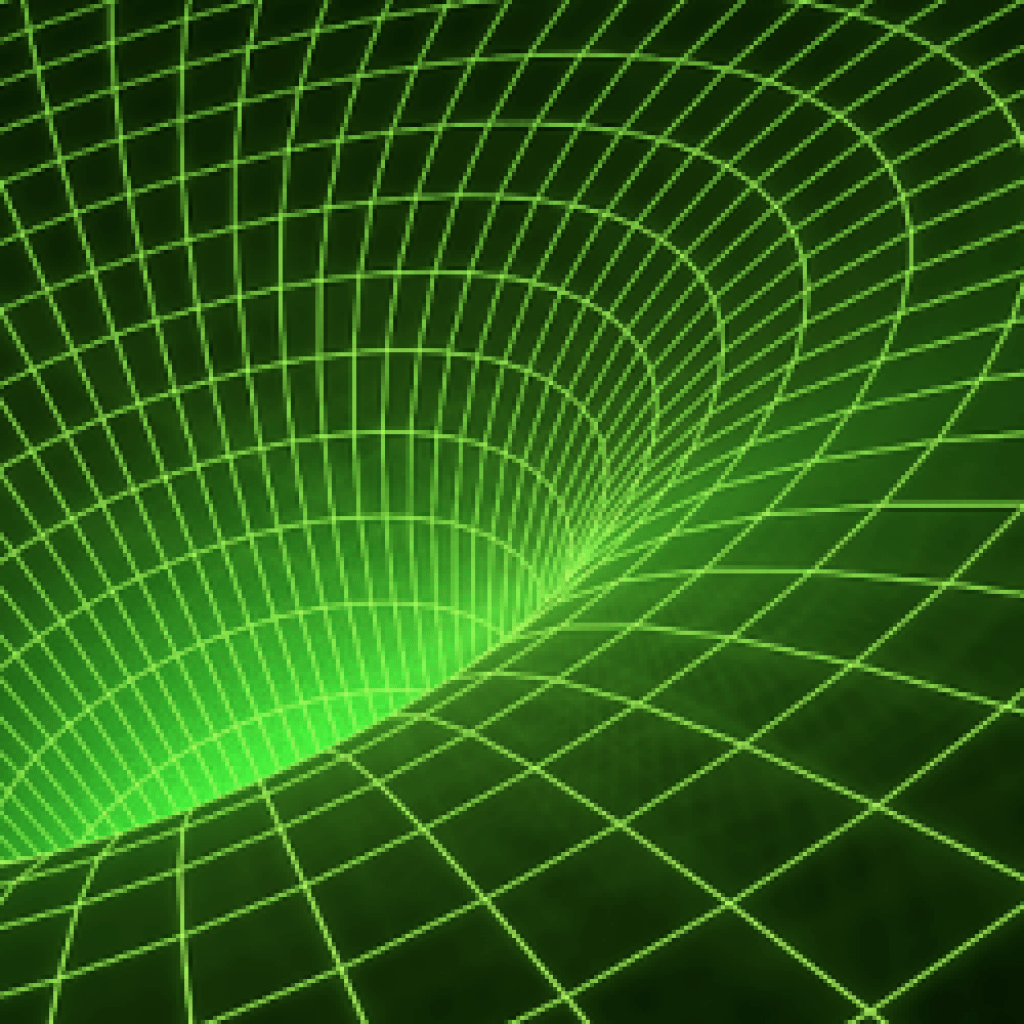(QuantaMagazine) The same codes needed to thwart errors in quantum computers may also give the fabric of space-time its intrinsic robustness.
“ubits” consist of quantum particles that have some probability of being in each of two states, designated |0⟩ and |1⟩, at the same time. But qubits are maddeningly error-prone. The feeblest magnetic field or stray microwave pulse causes them to undergo “bit-flips” or “phase-flips.
For quantum computers to work, scientists must find schemes for protecting information even when individual qubits get corrupted.
A funny thing happened in 2014, when three physicists found evidence of a deep connection between quantum error correction and the nature of space, time and gravity. They conjectured that space-time itself is a code — in anti-de Sitter (AdS) universes, at least. Their research paper triggered a wave of activity in the quantum gravity community, and new quantum error-correcting codes have been discovered that capture more properties of space-time.
uantum error-correcting codes work by protecting information in jittery qubits not by storing in individual qubits, but in patterns of entanglement among many.
Space and Time Could Be a Quantum Error Correcting Code
